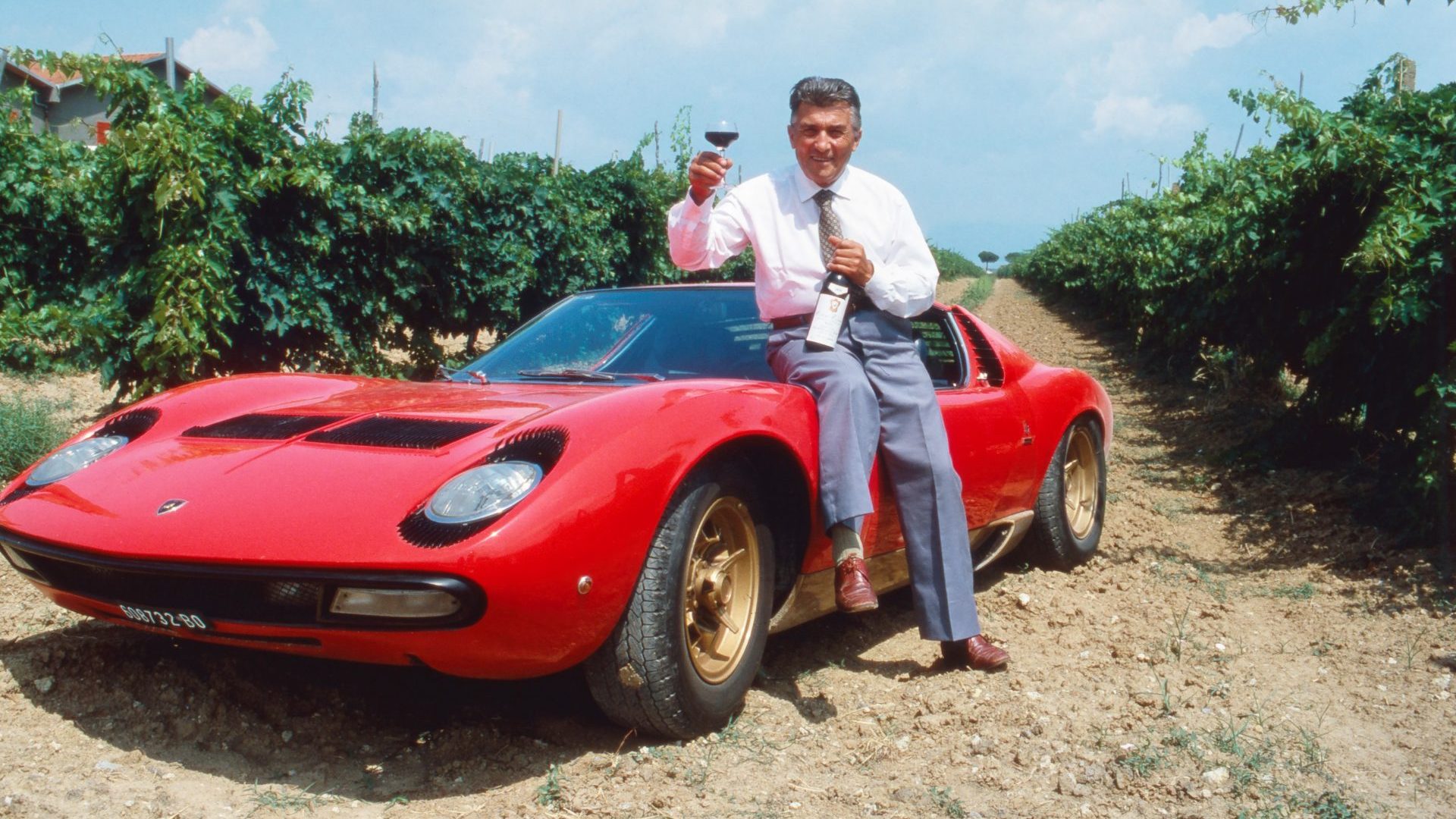In the week that Justin Welby broke down during a general synod debate concerning the proposal that gay couples be allowed to have their marriages blessed by the Church of England, I found myself – perhaps unsurprisingly – shying away from episcopal government, and attending Holy Communion at the Methodist Church on the Walworth Road, not far from where I live in south London.
I’d been invited to the service by the Reverend Rachael Wilson and her husband, Graham Stockill; they were keen to show me the church, which, with its associated youth and social club, known as “Clubland”, is something of an institution in these parts. The incumbent from the 1920s was a charismatic minister called Jimmy Butterfield, who took the social vision intrinsic to Methodism very seriously indeed, making it his business to fully integrate church and community through shared entertainments and enterprises.
Clubland had many alumni who went on to be famous – Michael Caine said that Butterfield saved him from a life of juvenile delinquency and made him an actor. When the church and club were bombed in the Blitz, Butterfield raised funds from all over the world to rebuild it: the interior courtyard of the church complex is lined with plaques celebrating these donations, and the successive royals who tromped down the Walworth Road (past the old party headquarters), to celebrate the Christian denomination many still think of as “the Labour Party at prayer”.
But if the Reverend Rachael was keen to emphasise the church’s past – it was the present she and her husband wished me to bear witness to: their congregation – they said – is 90% from the African diaspora, which has necessarily introduced certain liturgical alterations. The Holy Communion service on Sunday at 11.00 includes a special “walk-up offering”, whereby members of the congregation don’t furtively chuck a few coins or a note in a bag or salver passed along the pew, but take it in turn to process – many
dancing and singing – up to the front of the church, and flamboyantly deposit their tithe in ornate pots set on stands.
All this under the unblinking eyes of a CCTV system that either relayed images to six prominently placed screens – imparting a very contemporary, rather over-lit feeling to the worship – or acted as an autocue during the hymns. There was this departure from the greige environs of Anglicanism, and there was also the distinctly natty appearance of my fellow worshippers, who were first- and second-generation immigrants from Nigeria, the Gambia, Sierra Leone and Zimbabwe, together with a few African-Caribbean folk. Many of the women wore brightly patterned turbans and matching floor-length dresses – many of the men were suited and booted. I even saw several watch chains displayed on pastel-coloured waistcoats.
There was a rambunctious choir – and an electric organist prone to perhaps ill-advised solos and a few graceless notes. The children went out to their own Sunday school, then returned in procession. There was a lot of singing – including a refrain to one hymn sung in Zulu: Mayenziwe ‘ntando yakho (Let His Will be done) – and quite a bit of swaying; but withal, this was absolutely a recognisable protestant church service: with the Lord’s Prayer, a reading from each of the testaments, and a sermon. True, Reverend Rachael was a little more ballsy than your average Anglican prelate – Methodists, while
remaining believers in justification by faith alone, nonetheless less set great store by works – yet still delivered a conventional enough homily about religiosity being no substitute for true religion.
After the service I was introduced by her husband to a member of the congregation called Olu (possibly a diminutive of Olumoroti, which means “I stand with God” in Yoruba); and I asked her whether it felt odd having a white minister when not 90% – as Rachael and Graham had claimed – but 100% of the congregation is black. Olu laughed: “No, not at all – and of course, you can find the opposite situation with quite a few Methodist congregations: 100% white with black ministers.”
Looked at one way this seemed nothing but admirable – and when it comes to the lachrymose problem of gay marriage (for the Church of England, at least); the Methodists’ presbytery governance, which allows individual congregations to choose whether to marry gay couples, would seem a reasonable enough solution to this vexatious problem – one which threatens, in particular, to lead to a schism between European and North American Anglicans, and their African and Asian brethren. And a good side-benefit would necessarily be the disestablishment of the Church of England, together with its royalist flummery.
However, a congregation that’s 100% anything when it comes to ethnicity hardly implies, um, diversity – let alone multiculturalism, which, as I’ve had cause to remark many times in this sacred space, is pretty much… oxymoronic.



